- The China-Nepal Railway has to pass through at least 45 mountains and build 45 tunnels with a total length of 272 kilometers
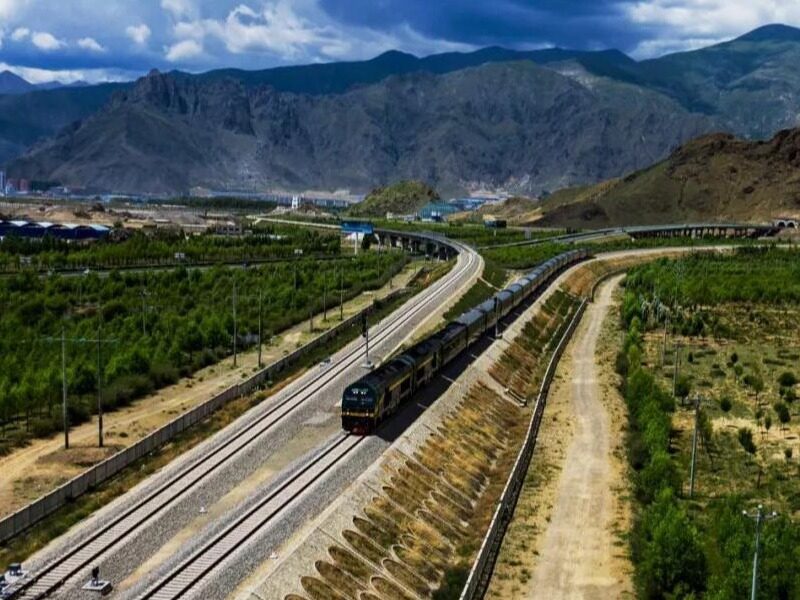
As an infrastructure madman, China is always challenging the perception of the people of the world. Many projects that were impossible to be completed by foreign countries were finally completed by China, such as the Guangzhou-Zhuhai-Macao Bridge, which set many world records, and the South-to-North Water Diversion Project. But now, China will build a super project, and people all over the world can't believe it. It will pass directly through the Himalayas, the roof of the world, and will not go around at all. It will directly cut through it. This action will create another one. The world record, however, this time India has once again opposed China and will not allow China to build this railway. Why does India oppose it?
China-Nepal Railway
Because Nepal’s poor infrastructure has led to long-term poverty, China’s development of the One Belt One Road strategy will inevitably help this neighboring country. However, there are only two roads from China to Nepal. For this reason, it is necessary to actively promote the construction of the railway connecting the two countries.
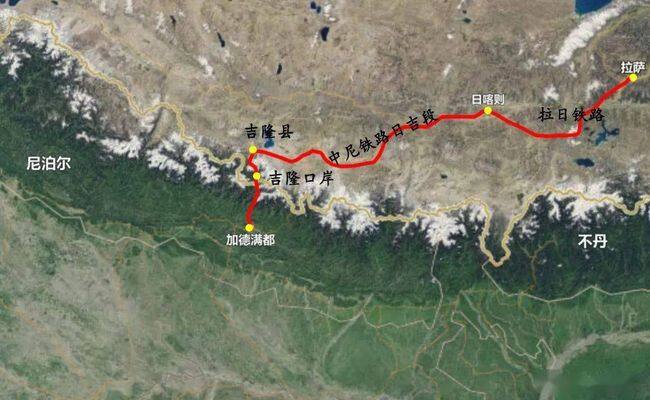
The China-Nepal Railway is divided into the China section and the Nepal section. The China section is the section from Lhasa to Geelong County, which occupies more than four-fifths of the entire line. It will extend 540 kilometers from Shigatse to China from the Lari Railway, which was opened to traffic in 2014. Geelong County, the border with Nepal, and then a railway from Geelong County to Kathmandu, the capital of Nepal, will be built. After that, the three major cities of Nepal can be connected.
The construction of this railway must pass through the Himalayas. Chinese tunnel expert Wang Mengshu said that the tunnel can be up to 25 kilometers long. However, the construction of this railway is not easy because the line is located in the Indian plate and collides with the Asia-Europe plate. Terrain, so the terrain along the way is very complicated.
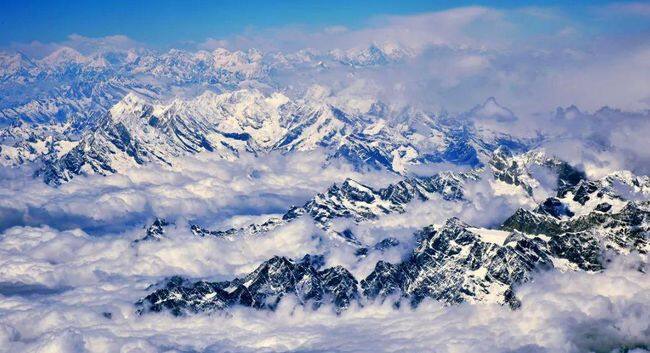
Tibet is 4,000 meters above sea level, and Kathmandu is 1,400 meters above sea level. The gap between the two places is also extremely huge. To build this railway, six extreme problems must be overcome, including terrain, weather, hydrology, and geological structure. The biggest problem is to pass through the tunnels in the Himalayas. Engineers from Nepal said that this project will be the most difficult railway project in the world. However, after the completion of the construction, it will benefit China and Nepal tremendously, and may even help neighboring countries. Therefore, Nepal and many Southeast Asian countries have tried their best. Promote the construction of this railway.
However, India has stood up and strongly opposed China’s construction of this railway. This is not the first time India has opposed Chinese engineering construction. Last time, it had opposed China’s construction of a hydropower station on the Yarlung Zangbo River. The reason given was that it might cause shortages in India. Water, or can cause floods in India, so why this time, the key lies in India's coveting of Nepal.
Heart of Sima Zhao, India
For historical reasons, India has always had ideas about Nepal, so it has been restricting Nepal economically. In 2015, India directly cut off Nepal’s oil channels. For any modern country, oil is an indispensable thing. Without oil, Nepal’s industry cannot develop at all, and Nepal is in trouble for a while.
Today, the construction of the China-Nepal railway is great news for Nepal. China, whose economic development far exceeds that of Nepal, can provide Nepal with all kinds of supplies. India’s blockade plan will not be broken. Under this circumstance Of course, India is not willing, but Nepal must push the plan vigorously.
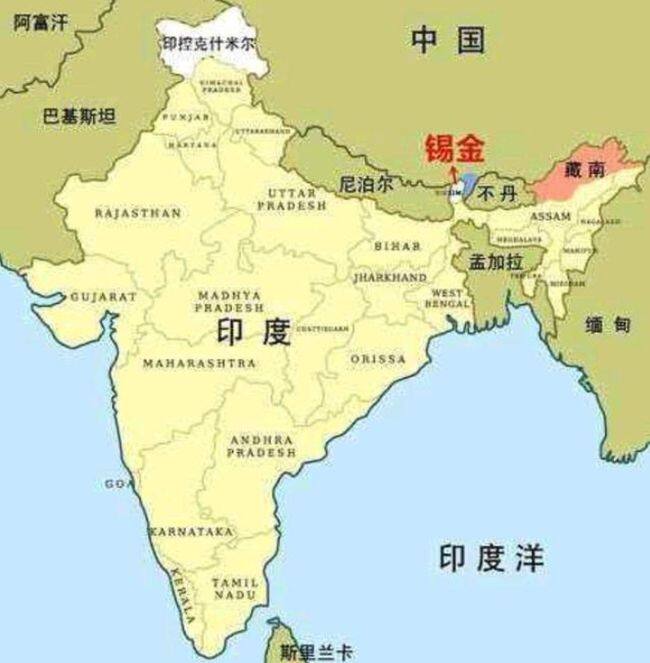
Although India strongly opposed it, it was obviously the same as the last time it opposed the construction of a hydropower station. This objection was also invalid. In December 2018, the pre-feasibility study plan for the China-Nepal Railway passed the joint review by the two governments. In 2019, the National Railway The group issued a bidding announcement. The scope of bidding includes pre-feasibility study of survey and design, feasibility study, and preliminary design stage bidding. In the end, China Railway First Survey and Design Institute Group won the bid at a price of 75,811,800 yuan. At present, the project has entered the feasibility study stage. It is believed that the construction will be officially started soon. Once the project is completed, both China and Nepal will have huge gains.
For Nepal, the most important point is to break the constraints of India. In the past, India was Nepal’s largest trading partner. In Nepal’s foreign trade, India accounted for 60% of it. This is why India can use oil to stop Nepal’s neck. The reason is that once the railway is successfully built, Nepal can directly transport oil from China, which solves Nepal’s energy crisis. In addition, it can also reduce Nepal's dependence on India for various commodities in transportation, cotton textiles, cement, etc.
Secondly, Nepal’s tourism industry will usher in tremendous development. Tourism is the mainstay of Nepal’s economy, and China is Nepal’s second largest source of tourists. According to relevant data, Nepal has 600,000 tourists a year because of the Himalayas, the highest peak period. However, in 2013, the number of Chinese tourists to Nepal has exceeded 100,000. Since then, the number of Chinese tourists in Nepal has also shown a rising trend. The China-Nepal Railway has been successfully opened up. In addition to ordinary tourists, many Chinese Buddhists can also reach Nepal by railway. The arrival of Chinese tourists will enable Nepal’s handicraft industry and hotel service industry to usher in rapid development and solve part of Nepal. As a result of social employment issues, Nepal’s tourism industry will surely be revitalized.
Third, bilateral trade between China and Nepal will enter a new stage. Previously, there were only two roads between China and Nepal, so the carrying capacity was limited. The annual Sino-Nepal trade was only more than 1 billion U.S. dollars, and it would only exceed 2 billion in 2013. With the realization of interoperability between Nepal railways, China-Nepal bilateral trade will surely achieve a breakthrough, which will greatly promote Nepal's economy.
Both parties benefit
There are still many mineral resources in Nepal. Iron ore reserves reach 23.05 million tons, copper ore reserves are 16.18 million tons, zinc ore, limestone, mica, etc., and the reserves are more than one million tons. When Nepal’s economy is stable, these mineral resources Using it, we can vigorously develop industry and allow the domestic economy to develop continuously.
While Nepal has benefited, China can also benefit greatly from bilateral trade. The strengthening of Sino-Nepal economic and trade exchanges can promote the economic and social development of Tibet. In addition, the Sino-Nepal Railway from Shigatse to Kuala Lumpur also has a relationship with my country. The Xin-Tibet Railway is planned to be on the same line. After implementation, it will be able to form a railway corridor in western and southwestern China with China's Xin-Tibet Railway and Sichuan-Tibet Railway, promoting the integrated development of Tibet and the mainland, and accelerating China's economic development.
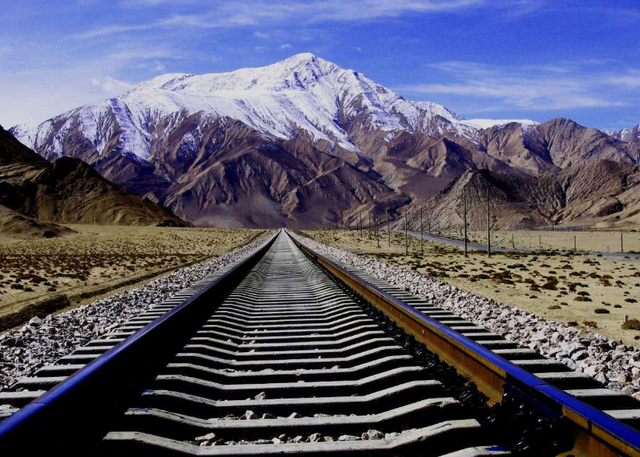
The China-Nepal Railway is a mutually beneficial project for both parties. Although India strongly opposes it and Nepal is short of money, Nepal has to grit its teeth and build it. Of course, China cannot give up. It is expected that this railway will be built in 2022. Upon completion, China will create a super project that will attract the world's attention. Editor/He Yuting
Comment
 Praise
Praise
 Collect
Collect
 Comment
Comment
 Search
Search




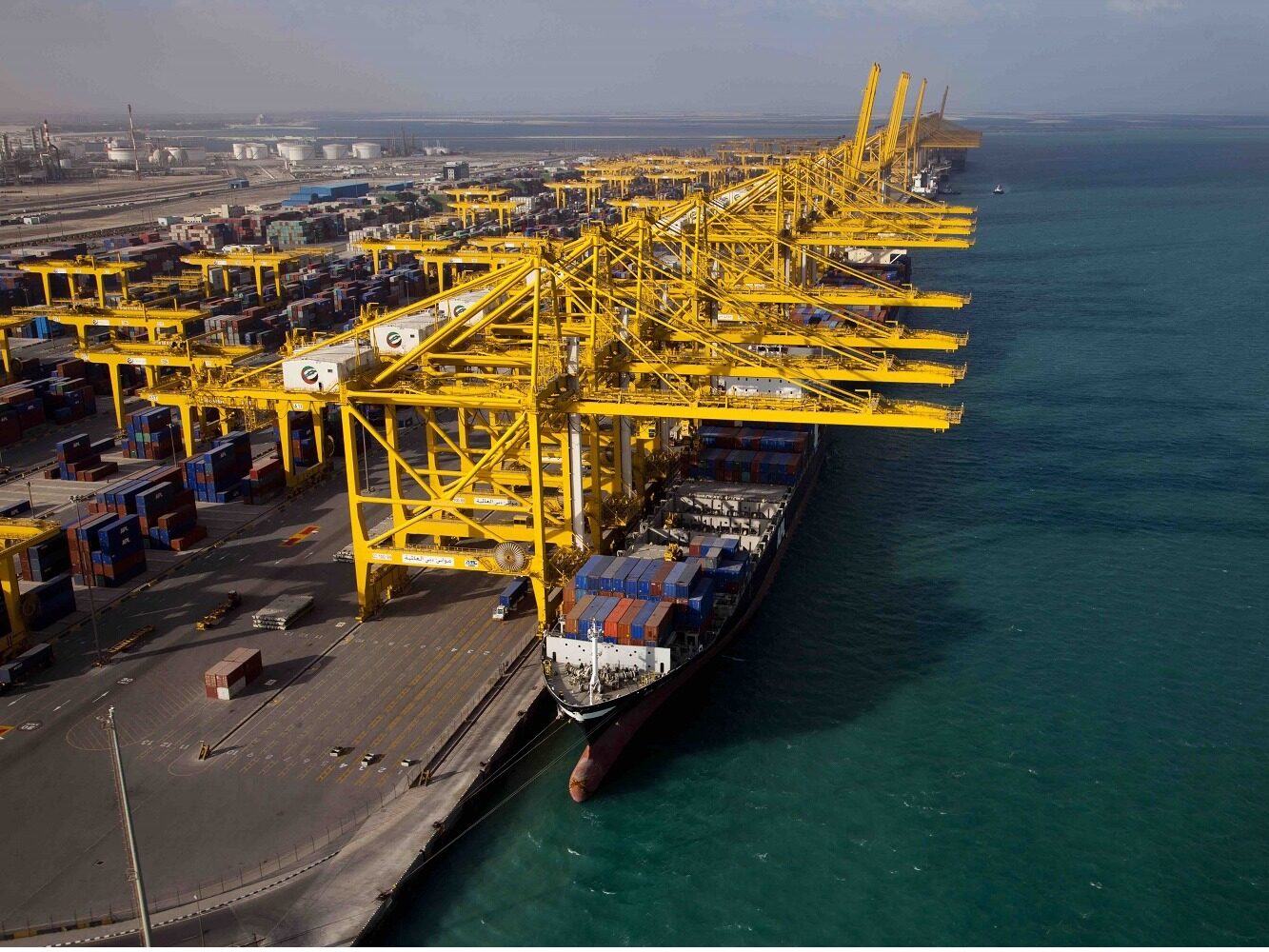


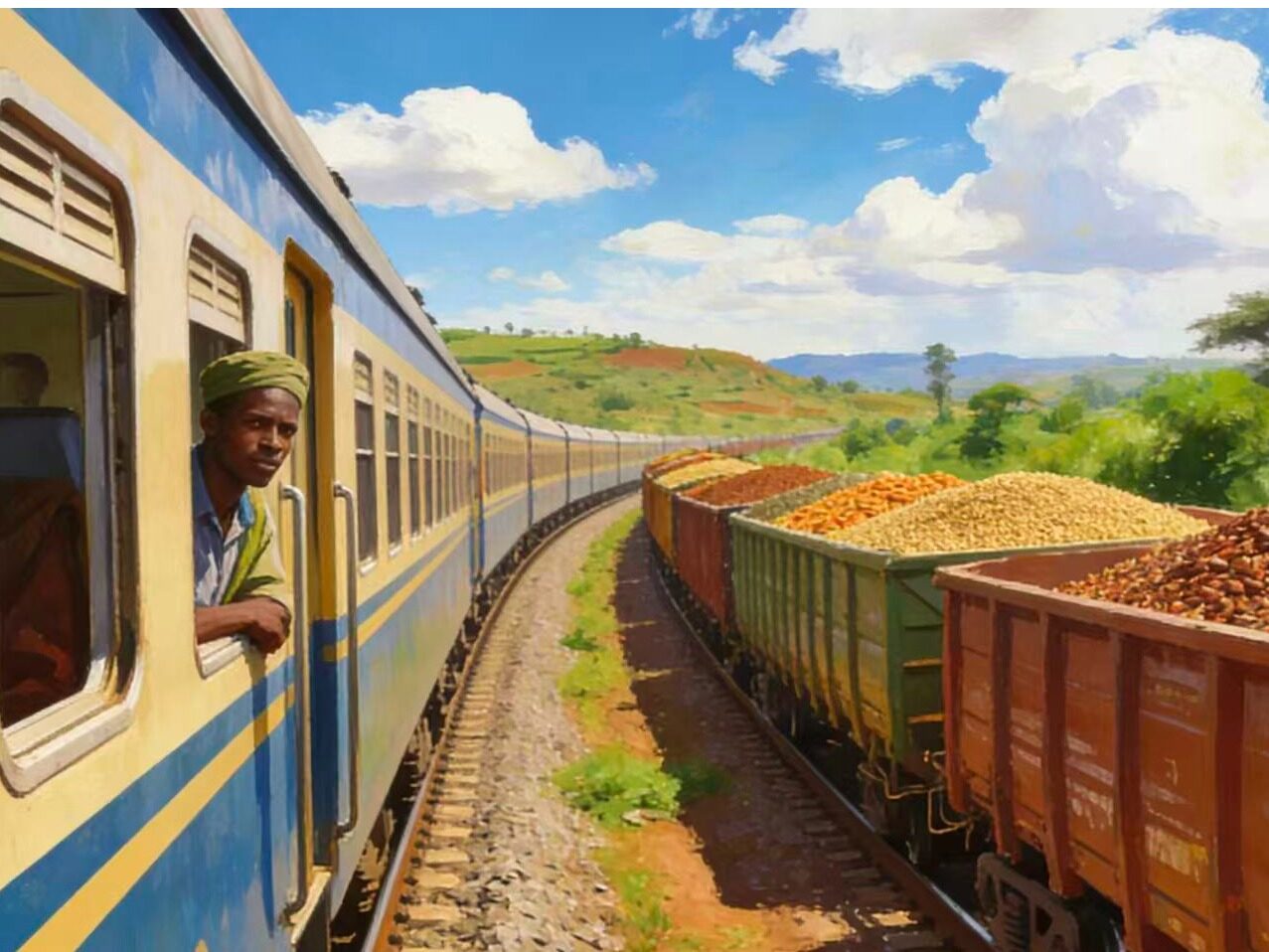






Write something~